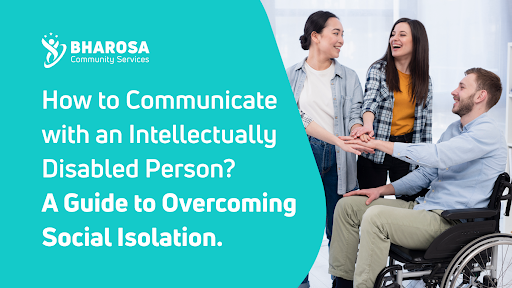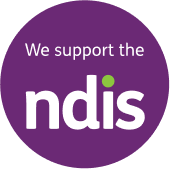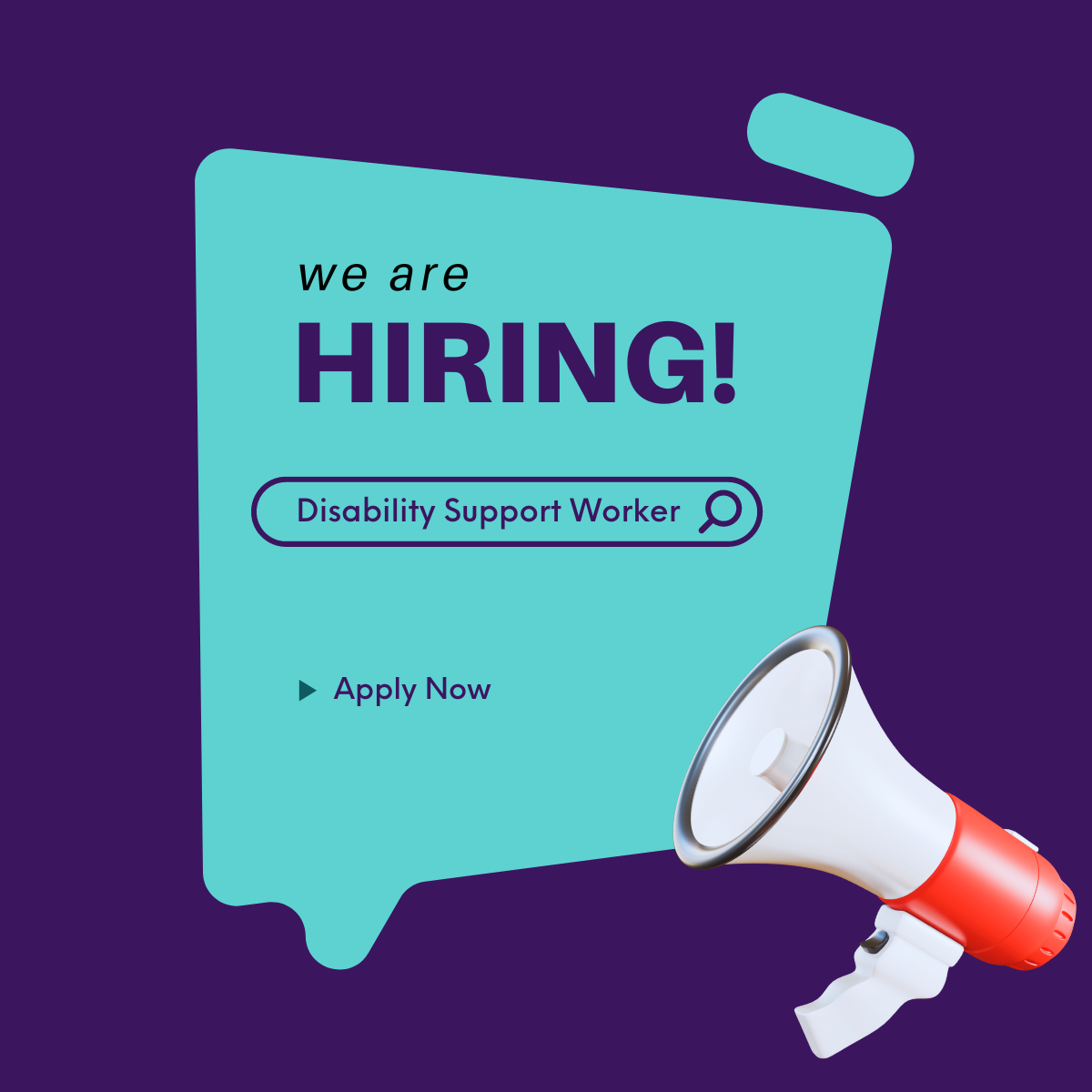In a world where communication is key to forming connections and relationships; to Communicate with an Intellectually Disabled Person is still challenging. Social isolation can become a prevalent issue, making it important for those around them to learn effective communication strategies. As a disability service provider, Bharosa Community Services plays a crucial role in bridging this gap and helping individuals with intellectual disabilities connect with others.
This guide will provide you with practical tips and insights on how to communicate with such individuals, ultimately contributing in reducing social isolation.
Be Patient and Understanding
When interacting with someone with an intellectual disability, patience and understanding are essential. It might take them a bit longer to process information or respond, but that doesn’t mean they don’t want to engage. To Communicate with an Intellectually Disabled Person, give them the time they need to express themselves and avoid rushing or finishing their sentences.
Use Clear and Simple Language
Complex language or jargon can be confusing for individuals with intellectual disabilities. Instead, make use of clear and straightforward language to convey your message. On the other hand, you can break down information into smaller, manageable chunks, and use simple sentences. This will help them better comprehend and respond to what you’re saying.
Non-Verbal Communication
Communication isn’t just about words – non-verbal cues also play a significant role. To Communicate with an Intellectually Disabled Person, maintain eye contact, smile, and use gestures to enhance your communication. Besides, keep in mind that some individuals may have difficulty understanding facial expressions, so be patient and ready to adapt your approach.
Visual Aids and Tools
Visual aids such as pictures, symbols, or written cues can greatly enhance communication. Indeed these tools help individuals with intellectual disabilities grasp concepts and information more easily. Moreover, using visual aids can turn abstract ideas into tangible and relatable concepts.
Listen Actively
Effective communication is a two-way street. So, practice active listening by giving your full attention to the person you’re communicating with. Thereafter, encourage them to share their thoughts and feelings, and acknowledge their contributions. As a consequence, responding thoughtfully shows that you value their input.
Respect Personal Space and Boundaries
Just like anyone else, individuals with intellectual disabilities value their personal space and boundaries. So, be respectful of their comfort zone, and always ask for permission before physical contact. Similarly, creating a safe and comfortable environment will foster trust and openness.
Establish a Routine
Routines provide predictability and structure, which can be reassuring for individuals with intellectual disabilities. Therefore, establishing a consistent communication routine can help build familiarity and make interactions more comfortable for everyone involved.
Use Technology Wisely
Technology is a valuable tool for simplifying lives of people with disabilities. Simple communication apps, social media platforms, or text messages can help bridge the gap and maintain connections. However, ensure that the technology used is accessible and user-friendly to Communicate with an Intellectually Disabled Person.
Engage in Shared Activities
Participating in shared activities or hobbies can provide a natural context for communication. Whether it’s playing a game, doing a craft, or enjoying music, these activities can create opportunities for interaction and shared experiences.
Conclusion
To conclude, as a disability service provider, we play a serious role in facilitating meaningful communication for individuals with intellectual disabilities. By being patient, using clear language, incorporating visual aids, and showing respect, we help bridge the communication gap and reduce social isolation. Remember, the key is to focus on building connections, fostering understanding, and creating an inclusive environment to effectively Communicate with an Intellectually Disabled Person.
Also Read: Finding Inner Peace: Group Activities for Healing PTSD and Anxiety at Bharosa Community Services










